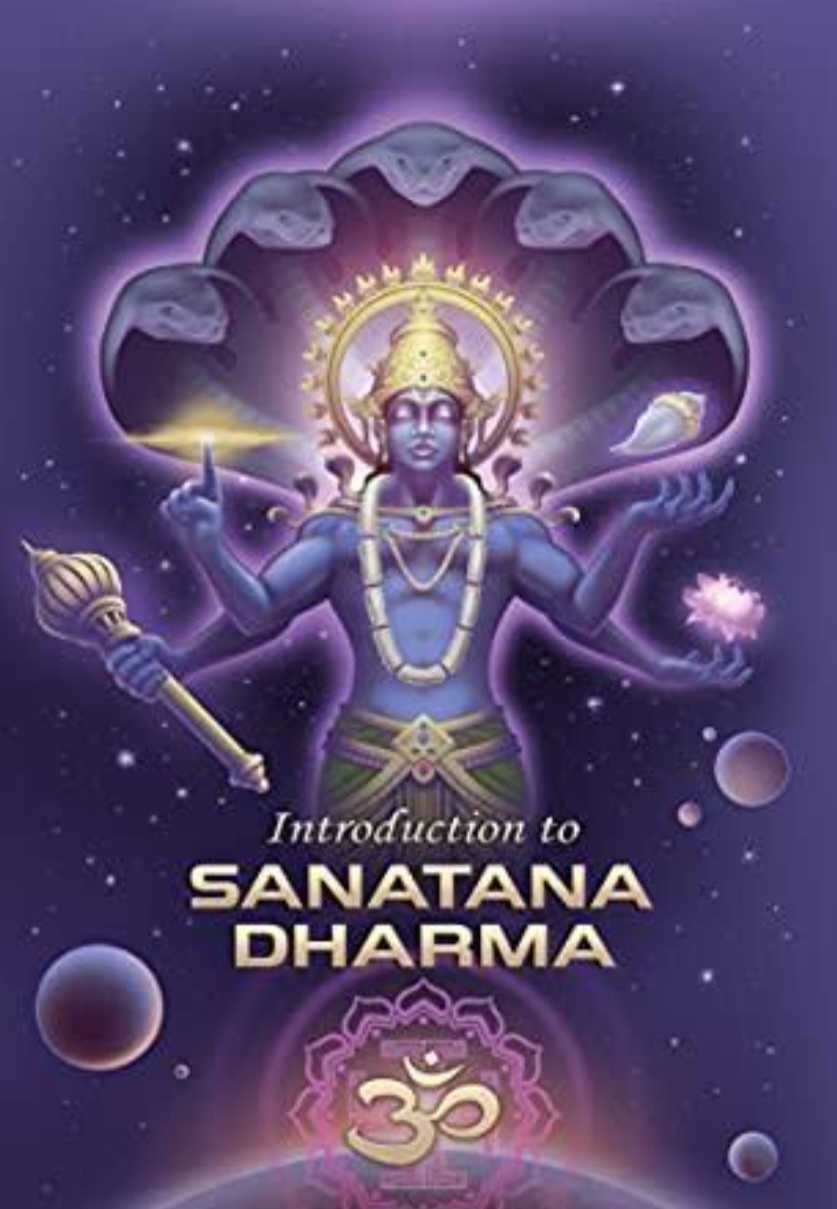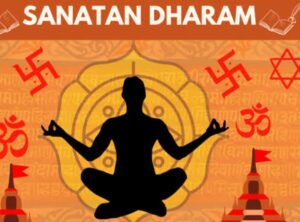Sanatan Dharm Worlds Oldest Religion over 3000 years
What is Santan Dharma?
Sanatan Dharm, often referred to as Hinduism, is one of the world’s oldest religions and has no single founder or specific origin date. It has evolved over thousands of years in the Indian subcontinent and encompasses a wide range of beliefs, practices, and traditions.
The term “Sanatana Dharm” itself means “eternal” or “universal” religion and reflects the idea that its principles and values are timeless and applicable to all. Its origins are deeply rooted in the ancient Indus Valley civilization and the Vedic period, which dates back over 3,000 years. The religious texts known as the Vedas are among the earliest sacred scriptures associated with this tradition.
Sanatana Dharma has evolved and absorbed various influences and philosophical schools over the centuries, resulting in a diverse and complex belief system with a rich tapestry of rituals, philosophies, and practices. It has also played a significant role in shaping the culture and spirituality of India and continues to be a vibrant and influential religious tradition to this day.
Certainly, let’s delve into more detail about some of the key teachings and concepts of Sanatan Dharm within Hinduism:
Dharma:
Dharma is a complex and multifaceted concept in Hinduism. It refers to one’s duty, moral and ethical responsibilities, and the right path in life. Dharma varies according to one’s age, caste, gender, and role in society. For example, the dharma of a student is to learn, while the dharma of a parent is to care for their children.
Karma:
Karma is the law of cause and effect. It suggests that every action has consequences, and these consequences can affect not only this life but also future lives (reincarnation). Good deeds lead to positive karma, which can result in a better future, while bad deeds lead to negative karma, which may result in suffering in future lives.
Reincarnation (Samsara): Hinduism teaches the belief in the eternal soul or atman. When a person dies, the atman is reborn into a new body, and this cycle of birth, death, and rebirth is known as samsara. The goal is to break free from this cycle through spiritual realization and attain moksha.
Moksha:
Moksha is the ultimate spiritual goal in Hinduism. It represents liberation from the cycle of samsara and the reunification of the atman with the divine, often described as merging with Brahman (the ultimate reality). Achieving moksha means transcending the limitations of the material world.
Yoga:
Yoga is a systematic practice that aims to help individuals achieve spiritual growth and realization. There are various forms of yoga, including:
– Hatha Yoga: Focuses on physical postures and breath control.
– Bhakti Yoga: Emphasizes devotion and love for a personal deity.
– Jnana Yoga:Focuses on knowledge and wisdom.
– KarmaYoga: Emphasizes selfless action and doing one’s duty without attachment to the results.
Polytheism:
Hinduism is often seen as a polytheistic religion with a multitude of deities. These deities represent various aspects of the divine and can be worshipped individually or as part of a larger pantheon.
Ahimsa:
Ahimsa, or non-violence, is a fundamental principle in Hinduism. It extends beyond physical harm and includes avoiding harm in thought, word, and deed. Mahatma Gandhi famously applied the principle of ahimsa in his nonviolent struggle for India’s independence.
Diversity and Tolerance:
Hinduism is known for its acceptance of diverse beliefs and practices. It has absorbed and incorporated various regional and cultural traditions over time, resulting in a rich tapestry of beliefs and rituals.
Sacred Texts: Hinduism has a vast collection of sacred texts, including:
– Vedas: The oldest and most revered scriptures.
– Upanishads: Philosophical texts that explore the nature of reality and the self.
– Bhagavad Gita: A dialogue between Lord Krishna and Arjuna on various aspects of life and duty.
– Ramayana and Mahabharata: Epic narratives with moral and spiritual lessons.
Temple Worship:
Hindu worship often takes place in temples, where rituals, ceremonies, and offerings are made to deities. These rituals are a way to connect with the divine and seek blessings.
It’s important to note that Hinduism is not a monolithic religion, and interpretations of its teachings can vary widely among individuals and sects. These teachings provide a broad overview of the philosophy and practices associated with Hinduism, but there are many nuanced and diverse beliefs within this tradition.
HARE KRISHNA TEACHINGS – GOOD FOR LIFE 2023




1 thought on “Sanatan Dharm Worlds Oldest Religion over 3000 years”